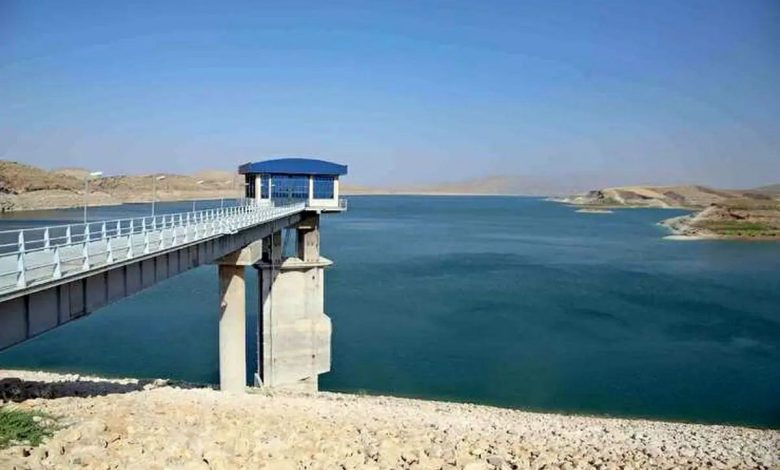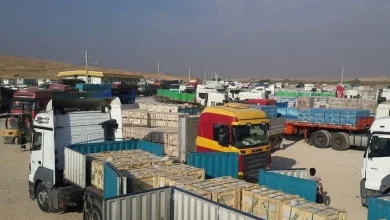Iranian Officials Warn of Severe Water Shortage as Mashhad’s Main Dam Hits 20-Year Low

Iranian officials have raised an alarm over an unprecedented drop in water levels at the Doosti Dam, the main source of drinking water for the city of Mashhad. The dam’s water reserves have fallen to their lowest point in two decades, signaling a looming water crisis in one of Iran’s largest cities.
Nasrollah Pejmanfar, head of the Article 90 Commission of Iran’s Parliament, said on Monday, November 16, that the current water level in the Doosti Dam has declined to about 34 million cubic meters—less than three percent of its designed capacity. He warned that without immediate action, Mashhad could face severe water shortages even during the winter months.
According to Pejmanfar, rainfall in the Khorasan Razavi province during the current water year measured only 152 mm, representing a 38% decrease compared to previous years. Other nearby dams—including Torogh, Kardeh, and Ardak—are also in critical condition. Combined, the total storage of these four major dams does not exceed 40 million cubic meters, despite their design capacity exceeding 1.29 billion cubic meters.
Pejmanfar has called for the release of at least 200 million cubic meters of water from upstream dams along the Harirud River to the Doosti Dam. He has also urged the Iranian government to allocate 45 trillion rials (approximately $100 million) from emergency funds to launch urgent water supply projects for Mashhad.
These demands come as reports from Herat province in Afghanistan suggest that part of the Salma Dam’s reserves were released downstream about two weeks ago—an action that may help bolster the Harirud’s flow and ease water scarcity at the Doosti Dam.
However, Iranian experts stress that Mashhad’s water crisis is not merely a technical or climatic issue, but also a diplomatic challenge. They argue that a long-term solution will require sustained cooperation with Afghanistan over the management of shared water resources such as the Harirud River.
Meanwhile, the Taliban administration, which now controls the Salma Dam, has yet to take a clear and official position regarding Iran’s water rights from the Harirud basin. Their silence and inattention to existing bilateral water agreements have exacerbated the crisis, affecting communities on both sides of the border—particularly those in Herat province and Iran’s Khorasan Razavi region.




